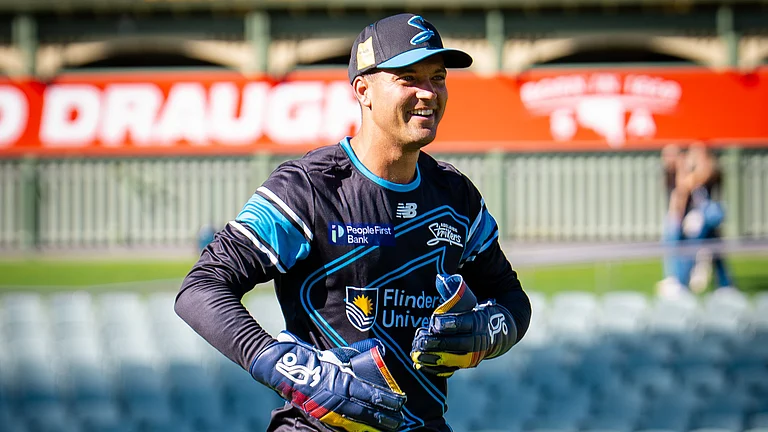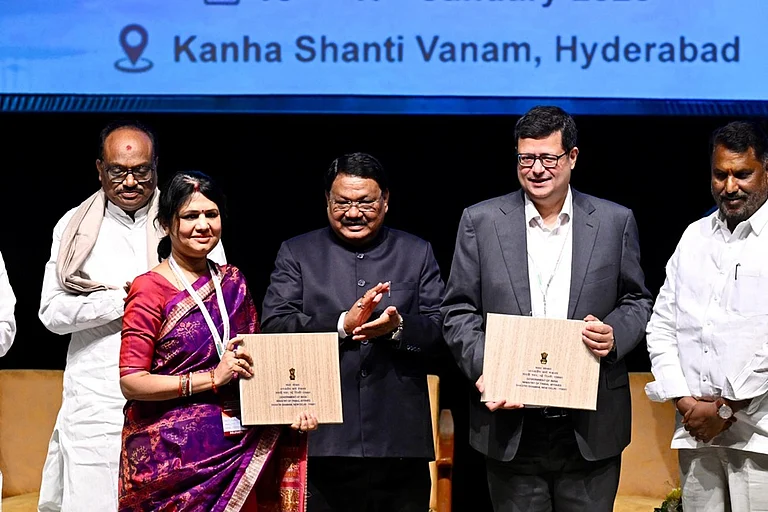While many a politician stands exposed in the Jain case, what is even more ominous isthe fact that the hawala con-duit used to pay off politicians has also been exploited bythe Bombay underworld, Kashmir militants and even Pakistans ISI. There is nowevidence to suggest that hawala operations may have compromised national security.
Hawala operator Moolchand Sampatraj Shah, a key figure in the Jain pay-offs, funnelledRs 2.3 crore to fund the local operatives in the 1993 Bombay blasts. Another hawala maninvolved in the Jain case, Amir Bhai, who operated out of Madras, Singapore, Dubai andvarious cities in Europe (notably from Germany and Italy), was not only linked with theBombay underworld, but is believed to be con-nected to powerful politicians in Tamil Naduand New Delhi.
Shah is described by the Bombay police as the kingpin in the hawala racket. Theyarrested him in April 1993 and charged him with "conspiracy" and financing theblasts in Bombay. According to a senior police official in the Maharashtra capital, priorto the blasts Shah was left alone by investigating agencies because of his politicalconnections. Says the official: "When a man has links with top-level leaders, thepolice are a little wary."
In fact, Shah was interrogated by the Directorate of Enforcement in Bombay in 1988 andlater arrested in 1989. Though his links with the underworld were known, he was grantedbail. A retire enforcement official who had arrested Shah then says he was the"biggest name" in the hawala business. Shah had moved to Bombay in 1985 andclimbed the hawala ladder in no time, courtesy Dawood Ibrahim and other members of thecitys underworld .
The irony, says a source, is that "if the hawala operators had been investigatedthoroughly, there may have been no Bombay blasts at all". Investigators say that Shahmaintained a benami account for prime Bombay blast accused Tiger Memon, codenamed Haathi.
There is more evidence now to suggest that hawala operations did compromise nationalsecurity. This is more than obvious in the funding of Kashmiri militancy in its crucialphase in the late 80s when it reared its head with ISI assistance. On March 25,1991, the police picked up Ashfaq Hussain Lone, deputy chief of intelligence of the HizbulMujahideen, in Srinagar. The Rs 16 lakh seized from him was meant for militant groups inthe Valley and had been routed by a Dr Ayub in London.
Two days later, the case took a curious turn. On the basis of Lones statement,Shahabuddin Ghauri, a student at Delhis Jawaharlal Nehru University, was arrested"for collecting large sums of money for financing militants". Ghaurisinterrogation set the stage for the current scandal. He revealed the existence of fivehawala dealersMoolchand Shah, Shambhu Dayal Sharma, Mohammed Shahid, Rais Anwar andNand Kishore all of whom were booked under TADA.
These arrests, in turn, led to the CBI raid on the premises of S.K. Jain and JainendraKumar Jain. The haul: Rs 58 lakh in cash, Indira Vikas Patras worth Rs 10 lakh, $20,000,two diaries and two notebooks. As it has now turned out, the same hawala operators hadfinanced ministers and bureaucrats. This would explain how they flourished without beinghassled, much less prosecuted, until the repeated intervention of the Supreme Court.Officials connected with the investigations admit that pursuing those named in the diarieswould have been difficult otherwise. And so, the question, did our elected representativeshinder national security, assumes significance.
Ajith Pillai and Ranjit Bhushan






















